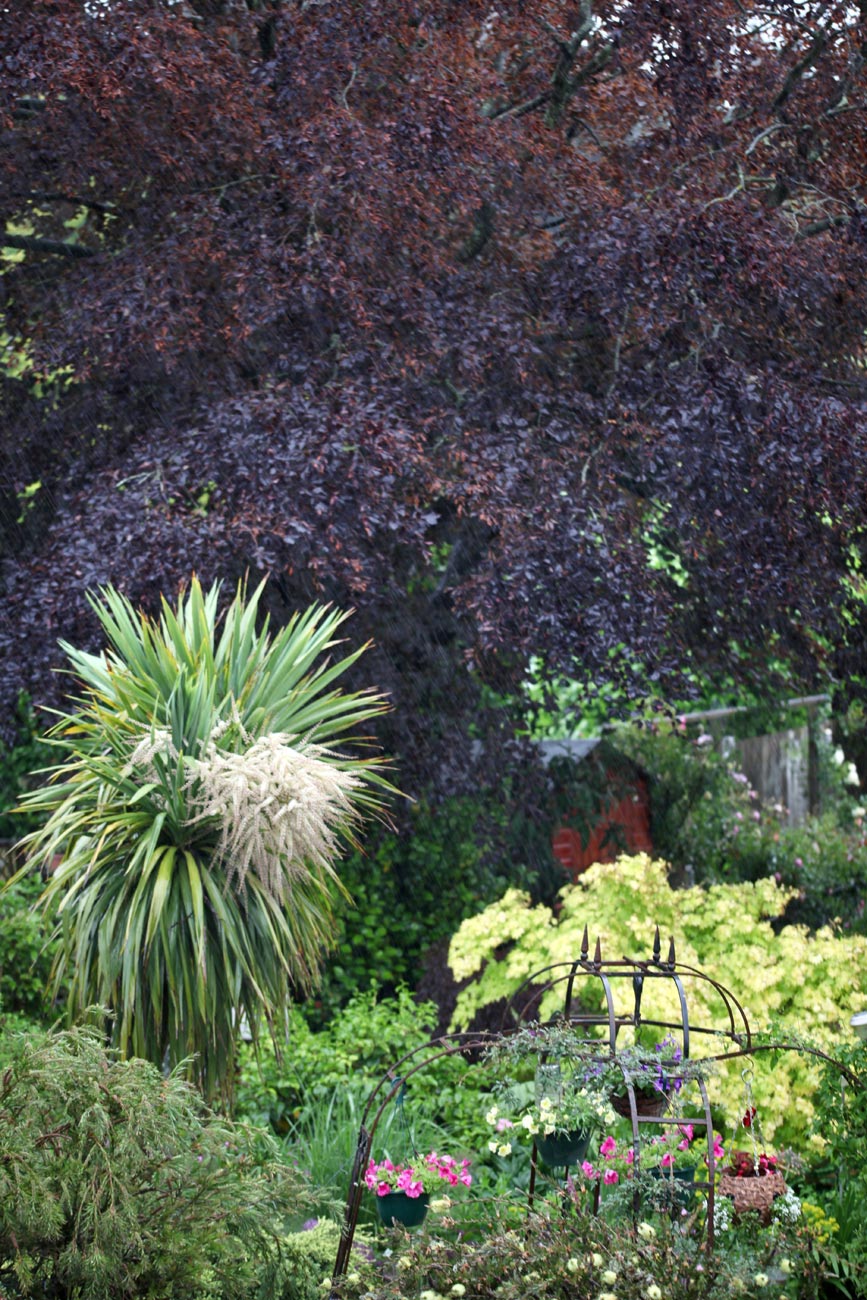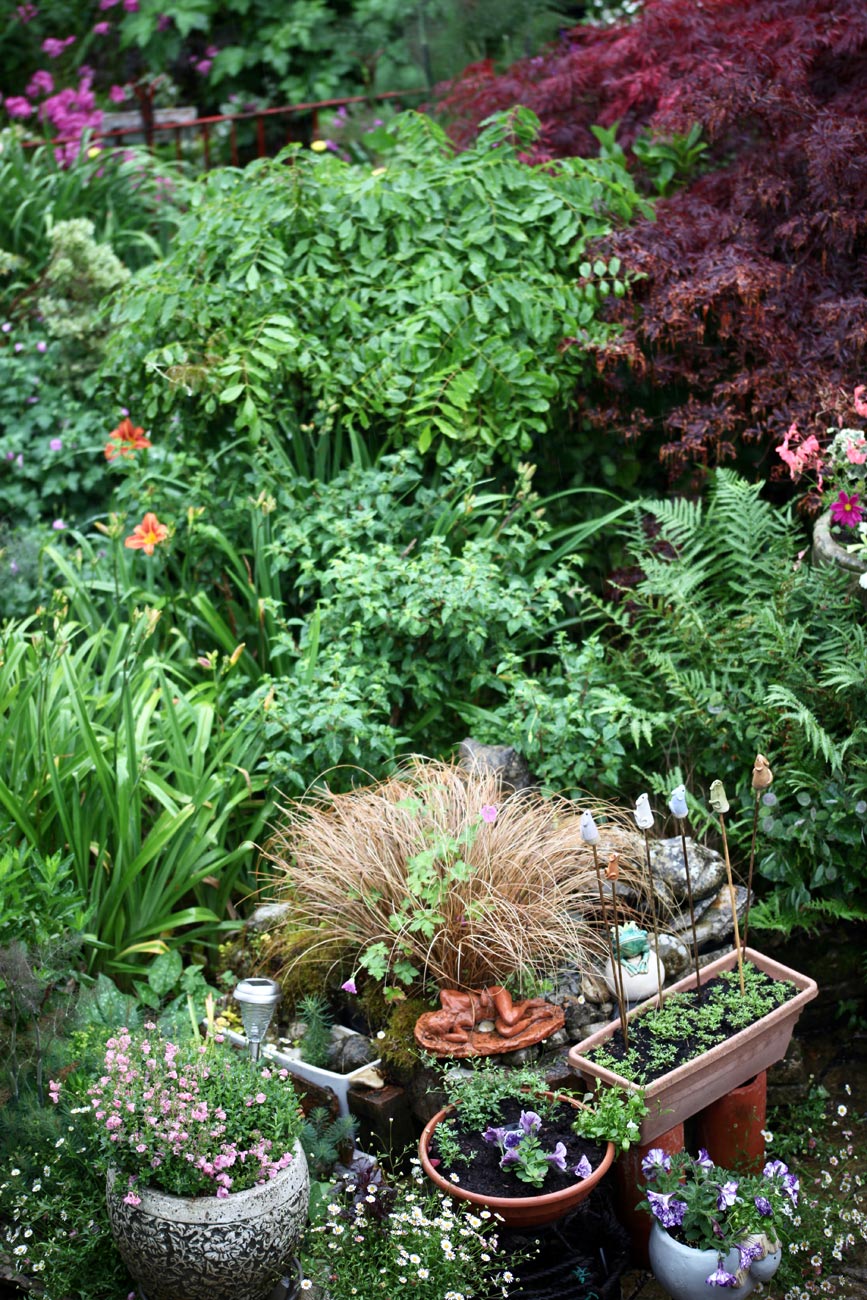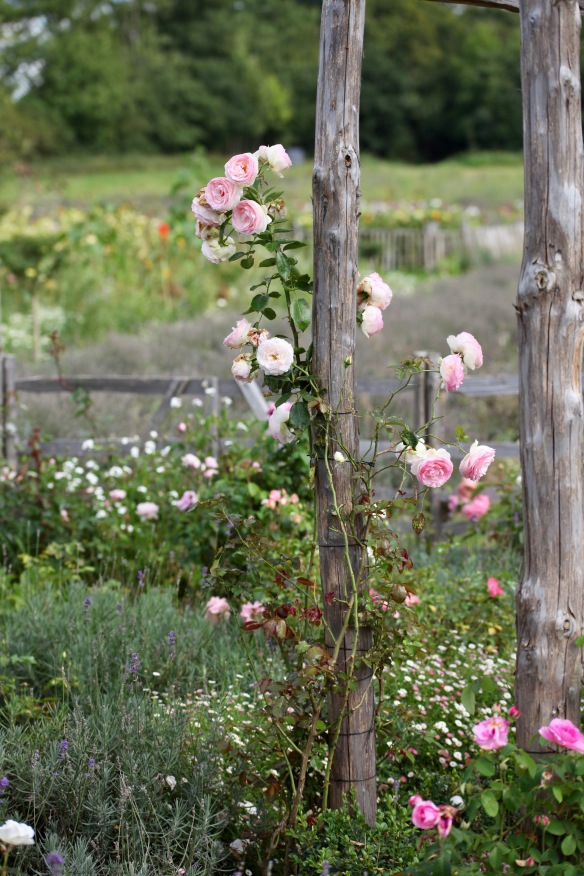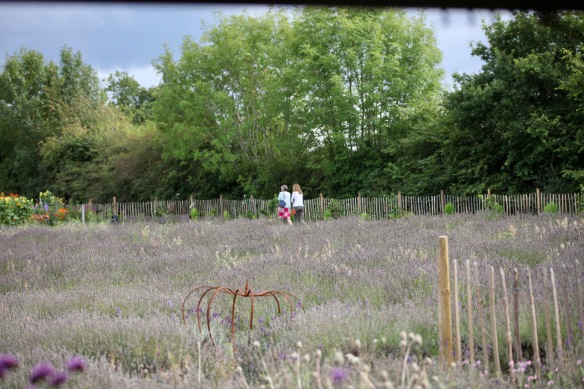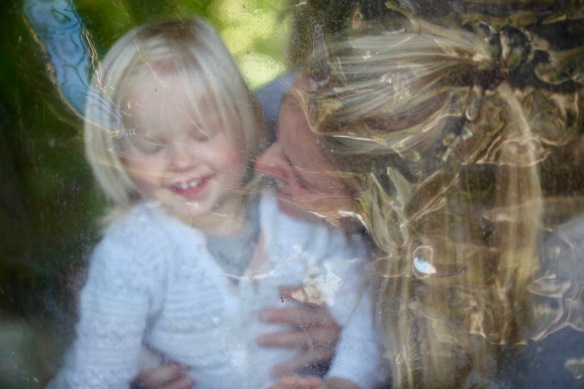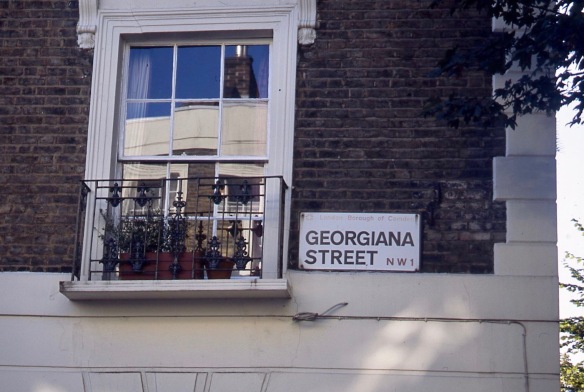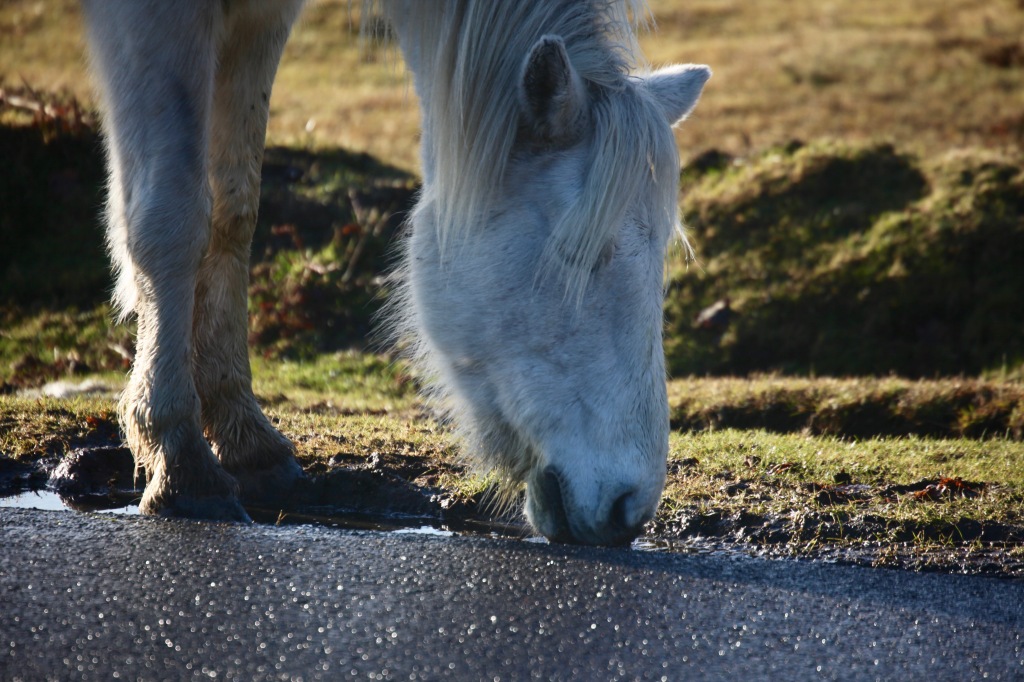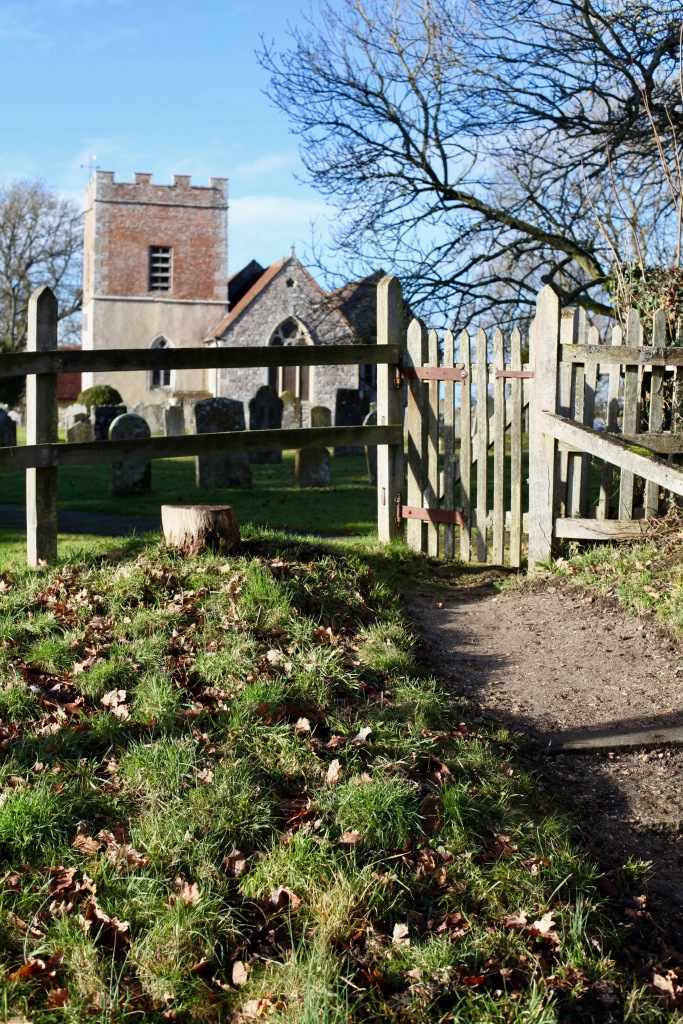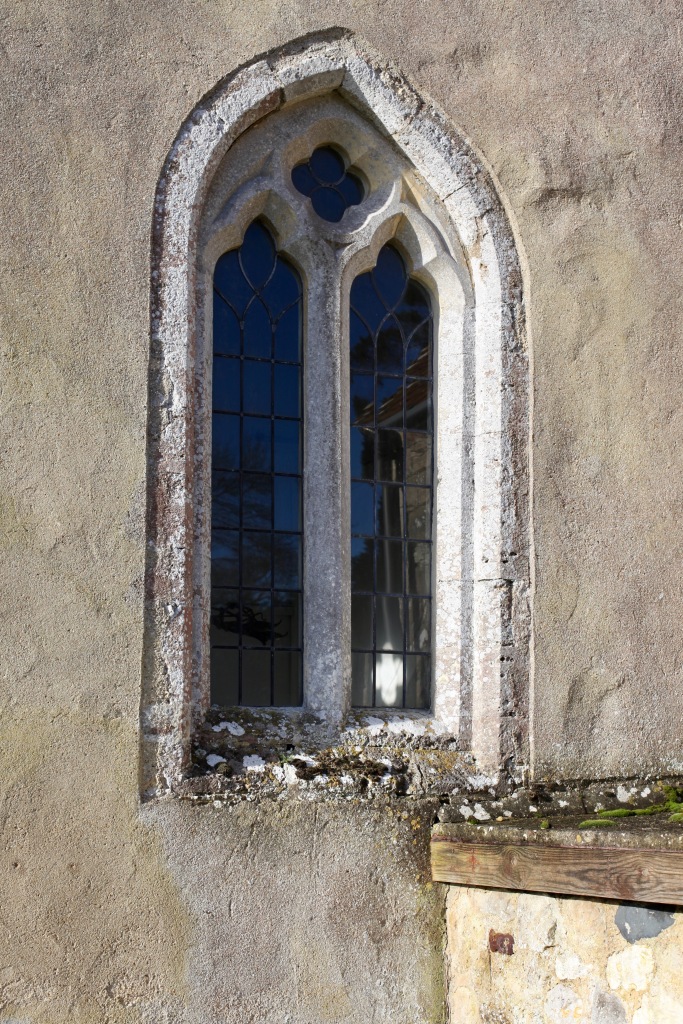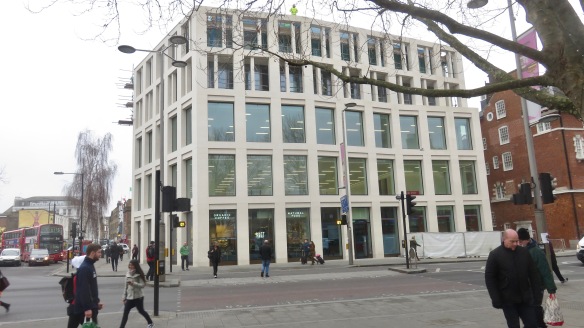“Lyndhurst is the largest village in the New Forest and became the natural ‘capital’ of the area when William the Conqueror established his hunting grounds here.
“For centuries, Lyndhurst was the haunt of royalty, nobility and commoner alike. Kings and Queens regularly visited Lyndhurst’s own manor house. Now known as Queens House, the former manor is still home to Verderers’ Hall, the meeting place of the ancient Verderers’ Court whose history stretches back to at least the 13th century.
“Find out more about Lyndhurst
“A must for any visitor is the New Forest Heritage Centre which is home to the New Forest Museum, Gift Shop, Reference Library and Visitor Information Centre. The museum gives a unique insight into the Forest’s history and heritage.
“Lyndhurst’s famous connections
“Captain Arthur Phillip RN, First Governor of New South Wales and founder of Sydney, lived in Lyndhurst in 1763. He sailed from the Solent in 1787 to set up an agricultural colony for convicts at Botany Bay in New South Wales. It was here that he discovered Sydney harbour and founded the colony of New South Wales, later to become Australia. During his time at the colony he planted the first grape vines in Australia from plants taken from Cape Town, which began the Australian wine industry.
“Alice Liddell (later Hargreaves), the inspiration for Alice in Lewis Carroll’s Alice’s Adventures in Wonderland, lived in Lyndhurst and is buried in the graveyard of the church of St. Michael and All Angels. With an impressive 49 metre spire, this magnificent Gothic church is worth a visit.” ( https://www.visit-hampshire.co.uk/explore/towns/lyndhurst )
Having somehow managed to strain my left thigh yesterday, it soon became very clear that I would be unable to ascend the High Street in this village this evening to photograph the lights.
Here are the few I managed before Jackie stepped up to the plate;
and here are hers. Father Christmas in the last image was projected onto one of the upper windows of The Mailman’s Arms.
This evening there was one portion each of lemon chicken on savoury rice and sausages in red wine with vegetables; I chose the first and Jackie also enjoyed the second. I drank more of the Shiraz.














































































